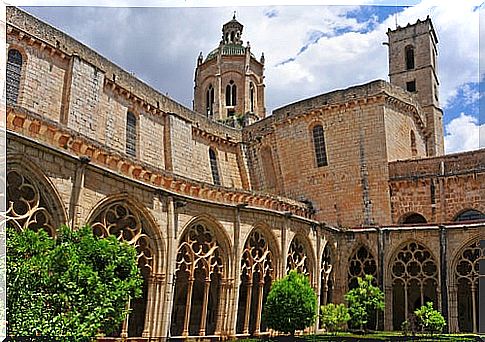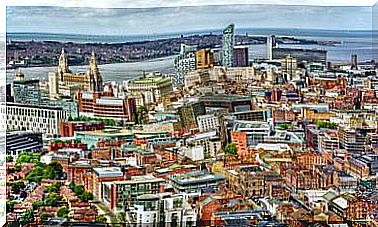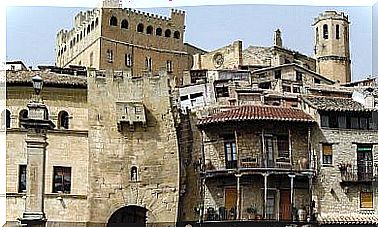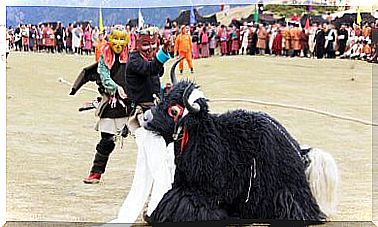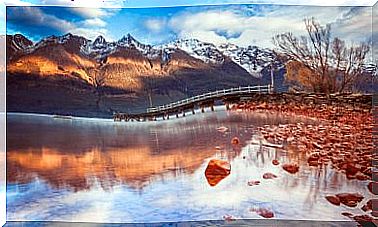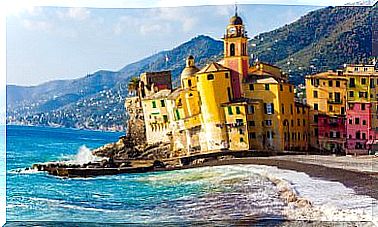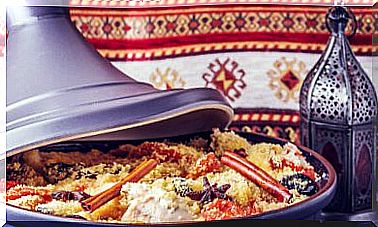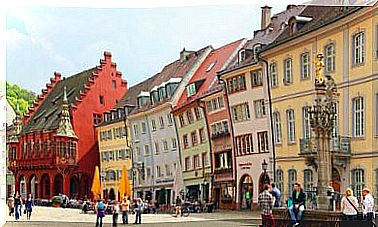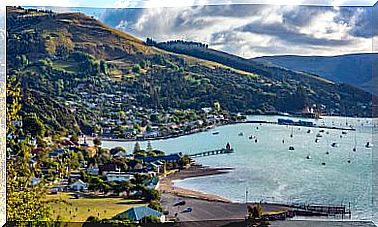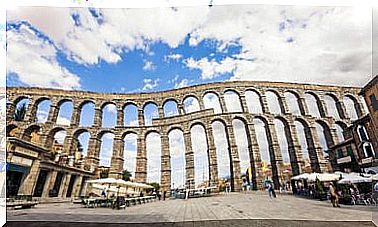We Visit The Cartuja Monastery Of Granada
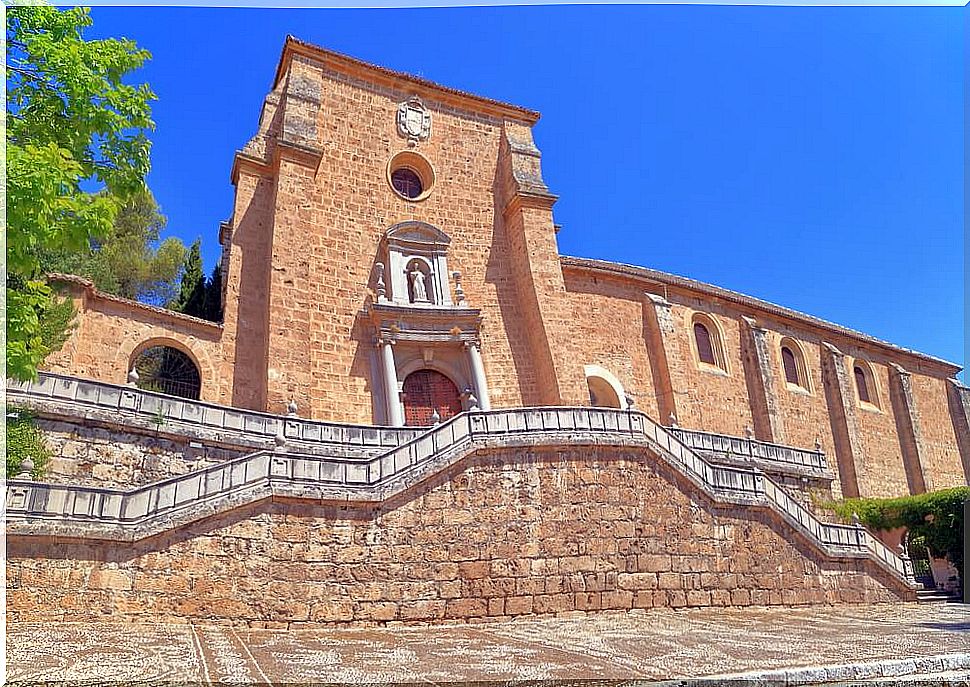
The Monastery of the Cartuja de Granada is a jewel of the Spanish Baroque and a must-see. It was founded by the Great Captain, Gonzalo Fernández de Córdoba in the Aynadamar area. It did so as the Royal Monastery of Our Lady of the Assumption of the Cartuja and had its main development in the 18th century.
A little history
The foundation of the Monastery of the Cartuja de Granada takes place on the occasion of the fulfillment of a promise of the Great Captain made in this old Arab estate, whose name means ‘source of Tears’. The latter, after saving himself from the Muslims, promised the construction of a monastery and, thus, the works began in 1506.
Run by Carthusian monks until their expulsion in 1835, the monastery would go through various vicissitudes. A fact that would make its completion difficult. And it also motivated that it has not reached us completely to this day, since the main cloister collapsed in the 20th century.
In what were their orchards are many of the buildings that make up the University of Granada. However, there are still remains from the Arab and even Roman times and also from the gardens through which the monks must have walked and which have views of the city.
The architectural complex of the Cartuja Monastery
The Cartuja Monastery has a church, sacristy, cloister and Sancta Santorum . Access to the site is through a Plateresque style doorway built by Juan García de Pradas in the 16th century. From there you come to a courtyard with Granada paved from the same century, at the back of which is the church.
Church
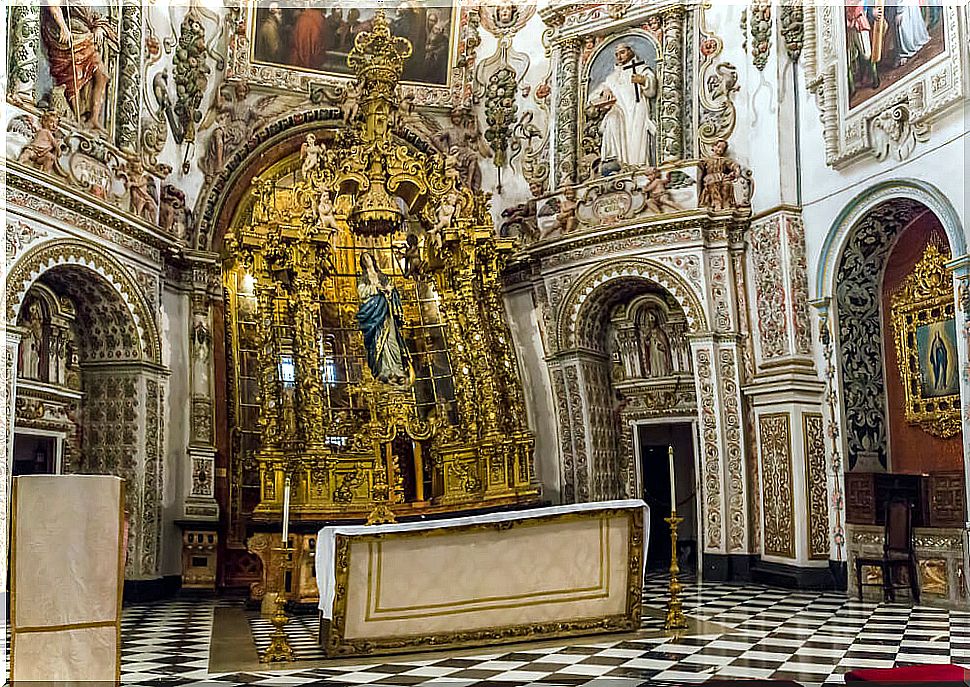
Also made in the 16th century, it has an austere neoclassical façade crowned by an image of Saint Bruno. Its floor plan has a single nave, but it is divided into four different spaces by means of linear doors and structures, decorated with paintings, mirrors, mother-of-pearl and ivory.
In it, the main altar stands out, with paintings by Bocanegra. We must also mention one of the divisions of the nave, with the spectacular paintings by Sánchez Cotán, The Rest on the Flight into Egypt and The Baptism of Christ.
The Sancta Santorum , the jewel of the Cartuja Monastery of Granada
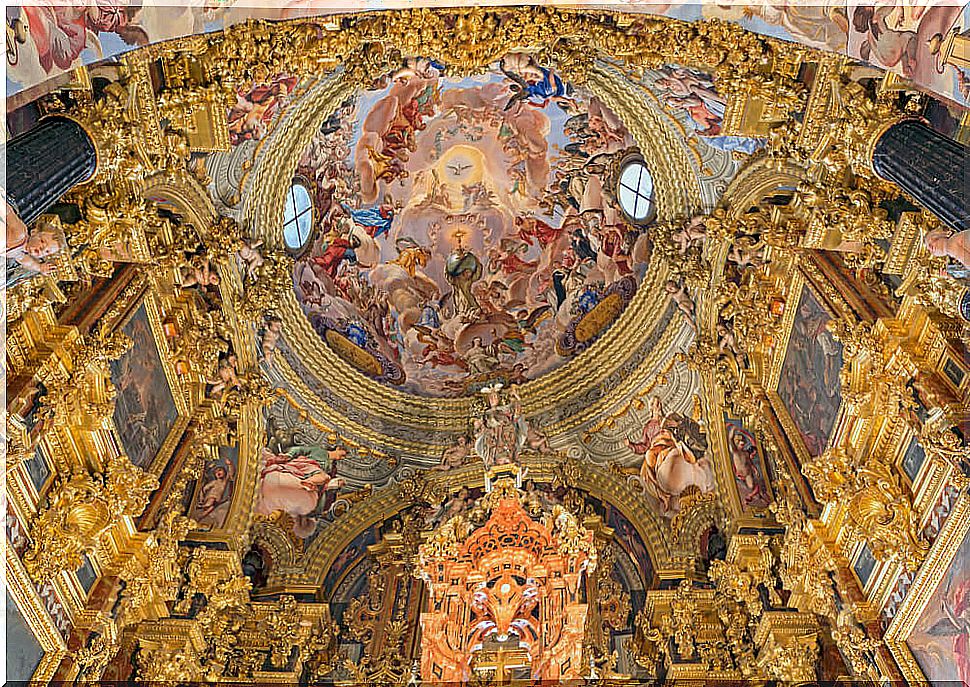
Right behind the altar is this Baroque jewel. It is a space designed by the architect Francisco Hurtado Izquierdo that is decorated with Lanjarón marble and painted by Antonio Palomino and José Risueño. Its construction took place in the 18th century and entering it is living an authentic experience for the senses.
Thus, the painting is present in the dome, where Palomino represented the triumph of the militant Church, of faith and of religious life. The sculpture enters the scene with the imposing sculptures of José de Mora, Pedro Duque Cornejo and José Risueño. All geniuses of Spanish Baroque sculpture.
And in the center we can see a beautiful canopy, which is surrounded by the sculptures of San José, San Bruno, María Magdalena and San Juan Bautista.
The sacristy
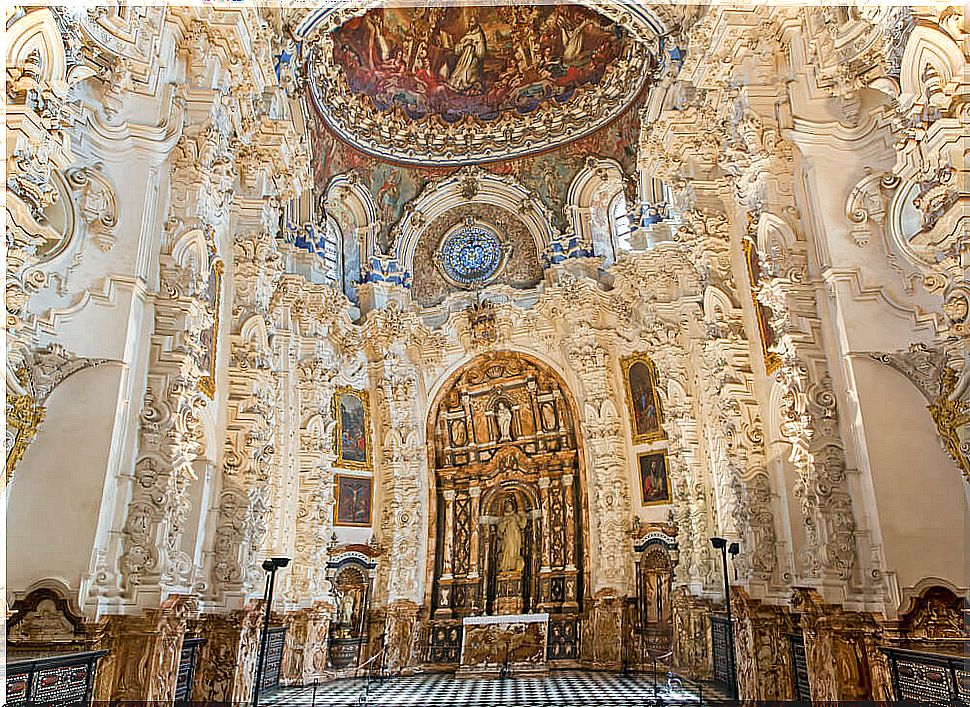
Another of the impressive spaces that this Cartuja de Granada Monastery has is the sacristy. In it, the plaster finds a total development and its white contrasts with the reddish marble altar also from Lanjarón that presides over it. Here a sculpture of San Bruno by José de Mora stands out.
The lower part of the walls is furnished with inlaid chest of drawers. A very characteristic technique of the city of Granada that combines the use of various woods, mother-of-pearl and shells. Specifically, these were made by the lay Carthusian J. Manuel Vázquez.
Other areas of the Cartuja de Granada Monastery
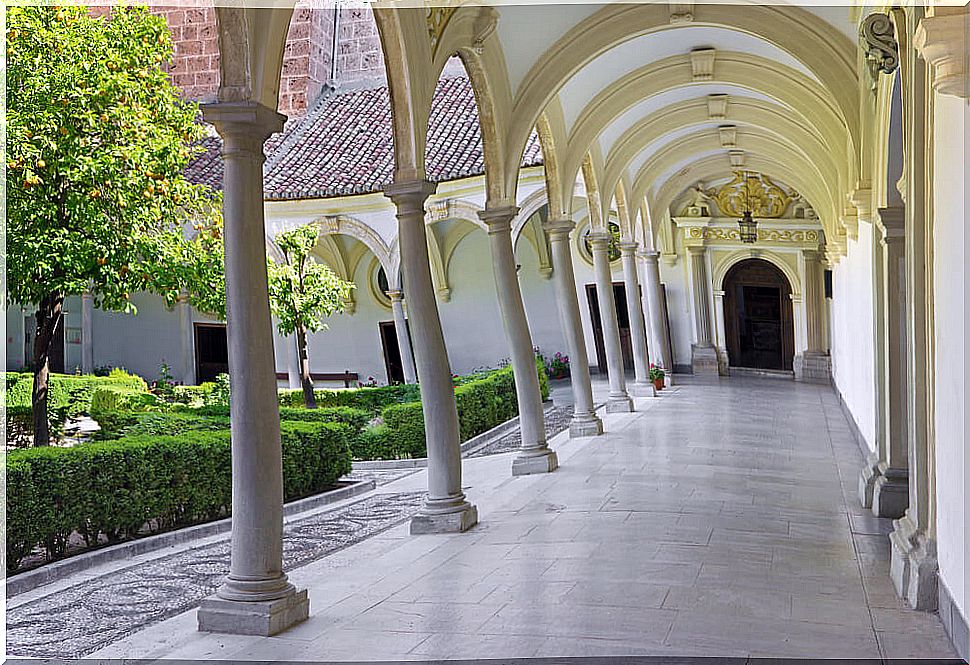
The monastery also has a small 16th century cloister, as the main cloister disappeared in the 20th century. It also has a chapter house that served as a meeting and meeting place for the monks and where there is a collection of paintings by Vicente Carducho with themes from the life of the Carthusians.
It also has a small Chapel of Profundis. It is decorated with a painted altar and a beautiful painting by Sánchez Cotán. And, finally, we must mention the refectory or dining room, in which we also find paintings by the latter artist.
If you want to visit this gem, you can do it every day of the year. But you must bear in mind that the schedules may change depending on the season in which you are in Granada.
